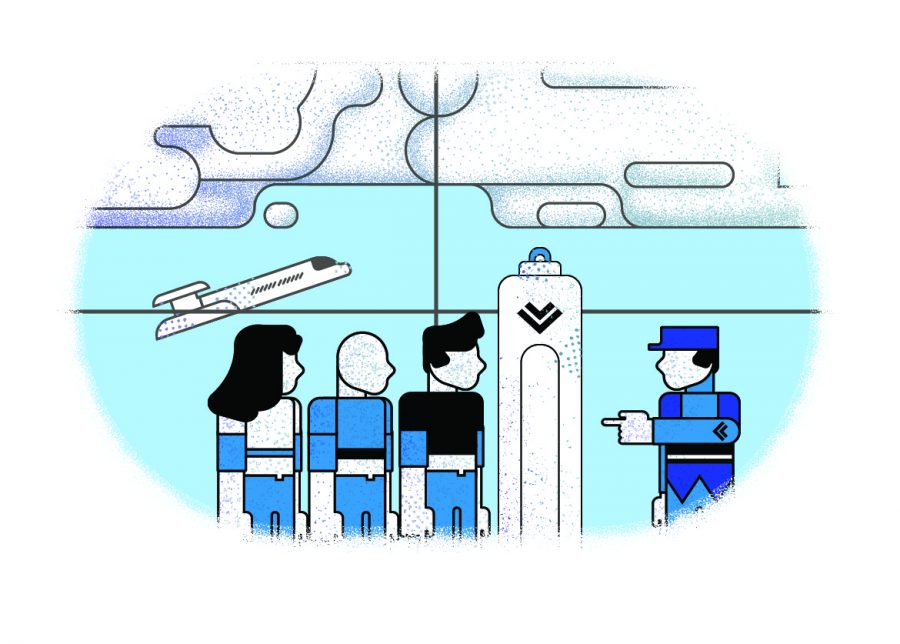Heightened security does not ensure airport safety
Heightened security does not ensure airport safety
November 6, 2017
Airports in more than 100 countries will be affected by new Department of Homeland Security regulations on all U.S.-bound flights.
New rules went into effect Oct. 26 in an attempts to enhance security in airports, including more extensive inspections of carry-on bags and personal electronics, more bomb-sniffing dogs in airports and security interviews of passengers by airline employees. The regulations apply to both U.S. citizens and foreign travelers.
DHS announced the new rules June 28 but did not provide details on whether heightened security risks motivated the changes. As of press time, it is still unclear what spurred the security updates.
If airports and airlines do not comply with the new rules put in place, they could face a total ban on personal electronics for passengers, fines and for airlines loss of permission to fly in the U.S., according to a June 28 Washington Post article published after the DHS announcement.
In post-9/11 America, security has been the focus, and constant rethinking of how all security measures need to be improved is the new normal. Americans live in a cycle of domestic attacks followed by scrambling to make sure the same violence doesn’t happen again.
With this cycle of violence and attempts at prevention, it’s vital to question what must be sacrificed to improve security, and whether those sacrifices really make us safer.
Since the new rules were announced in June, carriers like Delta have advised passengers to arrive at least three hours before flights to account for longer security lines.
Maybe arriving at the airport earlier than usual is a small price to pay for security. However, those long lines in airports present a new safety risk officials have to tackle. On March 22, 2016, explosions at the check-in line at an airport in Brussels killed more than 30 people.
The rule allowing more short interviews—which may include passengers being asked where they are traveling from and what luggage they are carrying with them—is in place for airport and airline employees to identify suspicious individuals. If someone’s answers raise doubts about safety, or if someone seems nervous while answering questions, their behavior might indicate something more insidious.
After 9/11, egregious racist and Islamophobic displays have been excused in the name of preventing terrorism. Despite officials’ assurances that employees are trained to look for abnormal behavior and not base any suspicions on race or religion, this could lead to increased racial profiling in airports.
The new security measures for airports are being touted as a means to prevent domestic terrorism, but the federal government has refused to act on glaring gaps in security and safety. In June 2016, the Senate had an opportunity to ensure safety amid threats of domestic terrorism. An amendment proposed in the Senate would have prohibited the sale of guns to terrorism suspects, but it failed to pass.
Heightened security in airports cannot be looked at as a quick fix for terrorism, and Americans should not be expected to accept such measures without questioning their implications. It is time to think of how to break the counterproductive cycle national security has turned into before the next round of security measures are introduced. Then, we may actually be safe.








